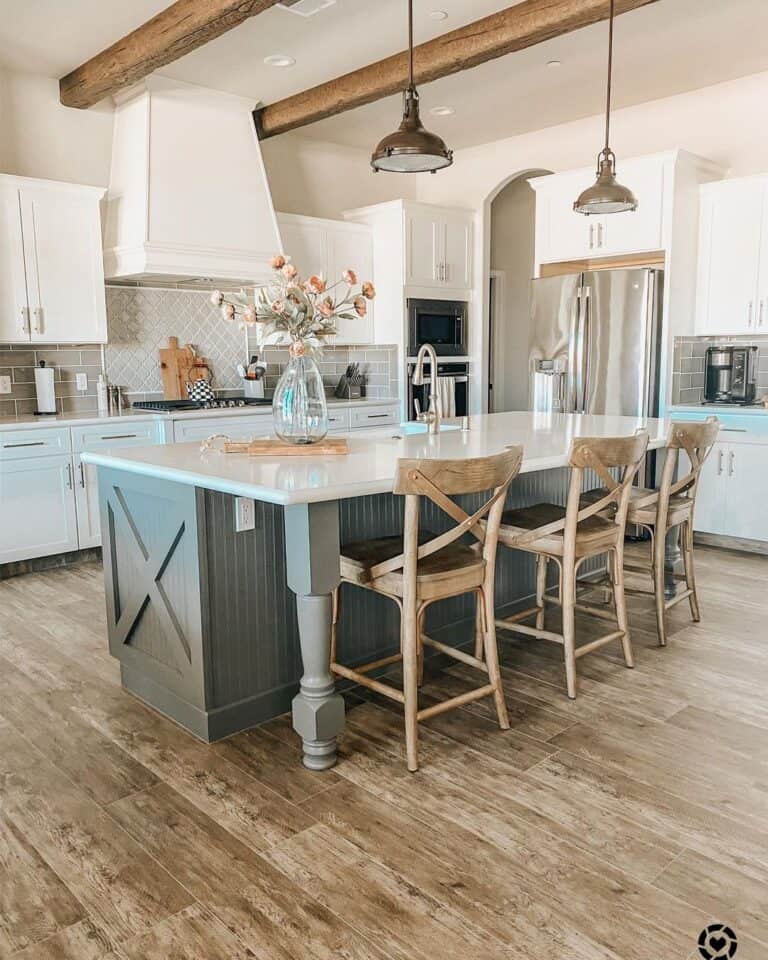Accomplish an Innovative Look Utilizing Ornate Legs For Kitchen Island Designs
Accomplish an Innovative Look Utilizing Ornate Legs For Kitchen Island Designs
Blog Article
A Guide to Selecting the Perfect Legs For Kitchen Area Island for Your Home
Picking the excellent legs for your cooking area island is a nuanced choice that affects both the performance and visual appeal of this central room. As you take into consideration these components, it becomes noticeable that the right legs can change not just the appearance of your cooking area yet additionally its use for years to come.

Recognizing Kitchen Area Island Legs
When selecting legs for a kitchen area island, it's important to recognize their aesthetic and practical functions in the overall layout. The legs act as a critical support system, making certain stability and longevity for the island, which commonly operates as a work area, eating location, or gathering area. The option of product and construction technique need to be durable adequate to hold up against daily use and potential wear.
In addition to their architectural duties, legs add dramatically to the island's visual appeal. They can enhance the kitchen's style, whether with standard, contemporary, or eclectic designs. The elevation and proportion of the legs are likewise critical considerations; they must integrate with the island's counter top height while guaranteeing comfy seating for those utilizing the room.
Moreover, the leg design can influence the overall circulation of the kitchen area. Open, ventilated leg styles can create a sense of agility, while strong, significant legs might communicate a much more grounded and stable visual - Legs For Kitchen Island. Recognizing these useful and visual aspects will guide homeowners in making educated selections that match their kitchen area's design and enhance its use
Popular Styles and Products
The choice of legs for a kitchen area island encompasses a selection of preferred styles and materials, each offering one-of-a-kind attributes that can improve both functionality and visual appeals. Among one of the most in-demand styles are modern, rustic, and traditional. Contemporary legs typically feature streamlined, minimalist styles that emphasize simpleness and clean lines, making them excellent for modern cooking areas. Rustic styles, on the various other hand, accept natural environments and often showcase recovered timber or troubled surfaces, including heat and beauty to the room. Typical legs normally show elaborate details and craftsmanship, enhancing classic kitchen styles.

Elevation and Security Factors To Consider

Security is an additional essential consideration. The legs of the kitchen island should supply adequate assistance, ensuring that the structure can endure day-to-day use without wobbling or changing. Material choice plays a substantial function in stability; steel legs, for instance, have a tendency to provide higher toughness contrasted to wood. Additionally, ensuring that the island is firmly secured to the flooring or wall surface can boost stability, particularly for bigger islands that might birth considerable weight.
Matching Your Cooking Area Aesthetic
Choosing the ideal legs for your cooking area island goes past capability; it also plays a significant role in the overall aesthetic of the space (Legs For Kitchen Island). When choosing legs, think about the design style of your kitchen area.
Color is an additional critical element. Legs that complement or contrast with your island's surface and bordering kitchen cabinetry can develop aesthetic consistency or striking centerpieces. Coupling dark timber legs with a light marble counter top can add depth and passion. In addition, take into consideration the surface of the legs; matte, glossy, or textured coatings can dramatically affect the general feel of the cooking area.
Installation and Maintenance Tips
Installing kitchen area look at this site island legs requires cautious focus to detail to make sure both security and aesthetic charm. Use a stud finder to find wall surface studs if you are attaching the legs to a wall surface or making use of brackets for included assistance.
When securing the legs, utilize high-quality screws and, if needed, timber glue for extra toughness. For steel legs, guarantee that you are utilizing ideal anchors and tools to protect against damage to your flooring. It is a good idea to look for levelness after installation, making modifications as needed to avoid tottering.
Tidy the legs with an ideal cleaner, preventing rough materials that may scratch the surface. By adhering to these installment and upkeep ideas, you can make sure that your kitchen area island legs stay both practical and visually enticing.
Conclusion
To conclude, picking the ideal legs for a kitchen area island requires careful factor to consider of elevation, stability, and aesthetic compatibility. By picking appropriate materials and designs that line up with the overall cooking area layout, performance can be improved while maintaining aesthetic allure. Proper installment and recurring maintenance even more add to the durability and durability of the kitchen island. Inevitably, thoughtful leg selection plays a critical role in raising both the functionality and layout of the cooking area area.
When picking legs for a kitchen island, it's crucial to comprehend their useful and aesthetic functions in the total design. Open, airy leg designs can create a sense of agility, while strong, substantial legs might convey a much more based and secure aesthetic. The legs of the kitchen area island need to provide appropriate assistance, guaranteeing my explanation that the framework can hold up against daily use without tottering or changing.Setting up kitchen area island legs calls for mindful attention to detail to guarantee both security and visual charm.In verdict, choosing the suitable legs for a kitchen area island necessitates mindful consideration of elevation, stability, and aesthetic compatibility.
Report this page